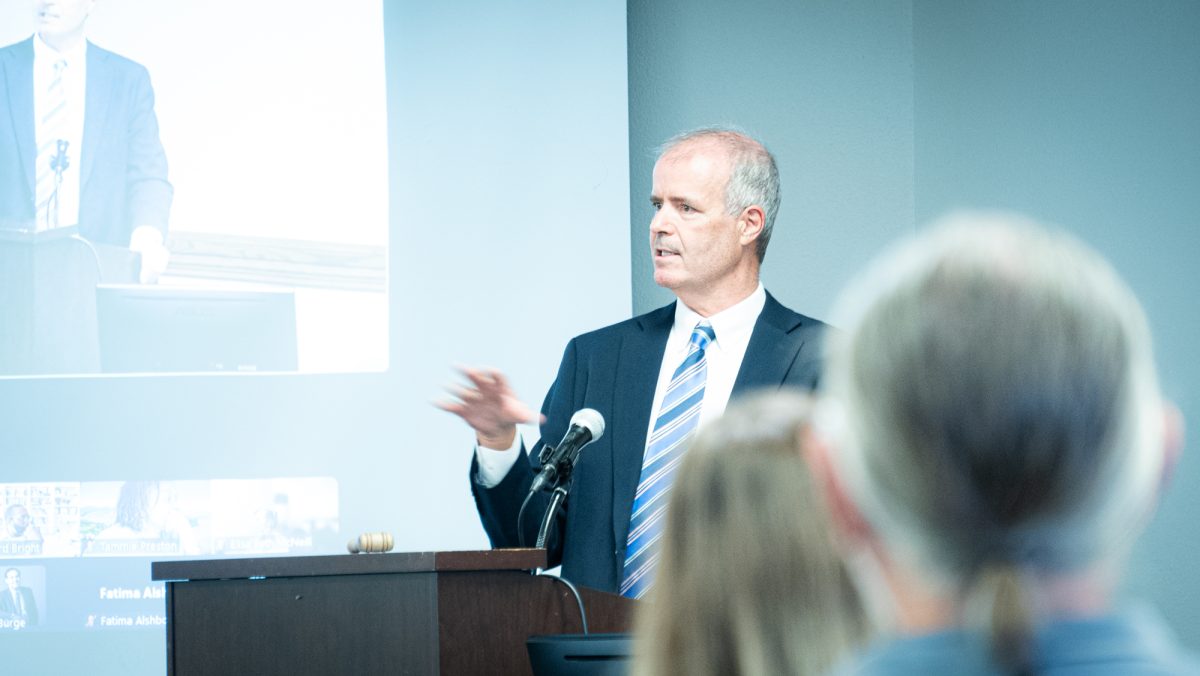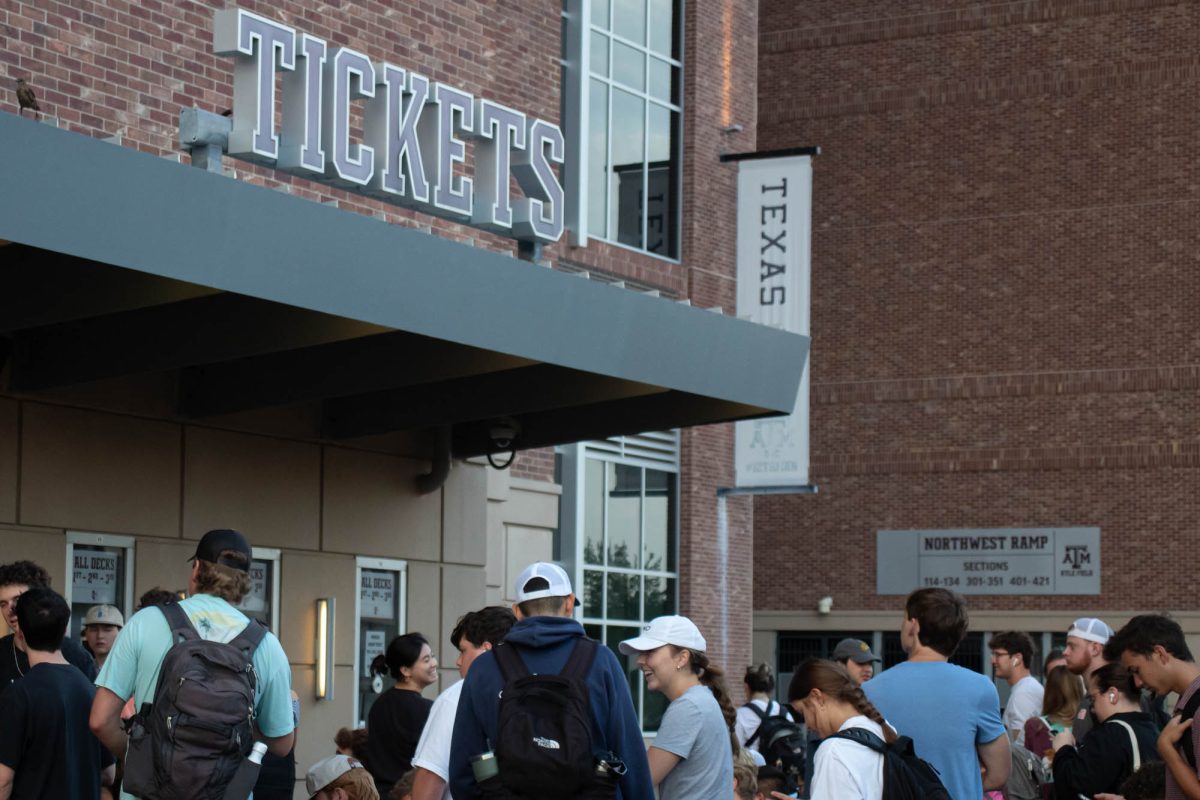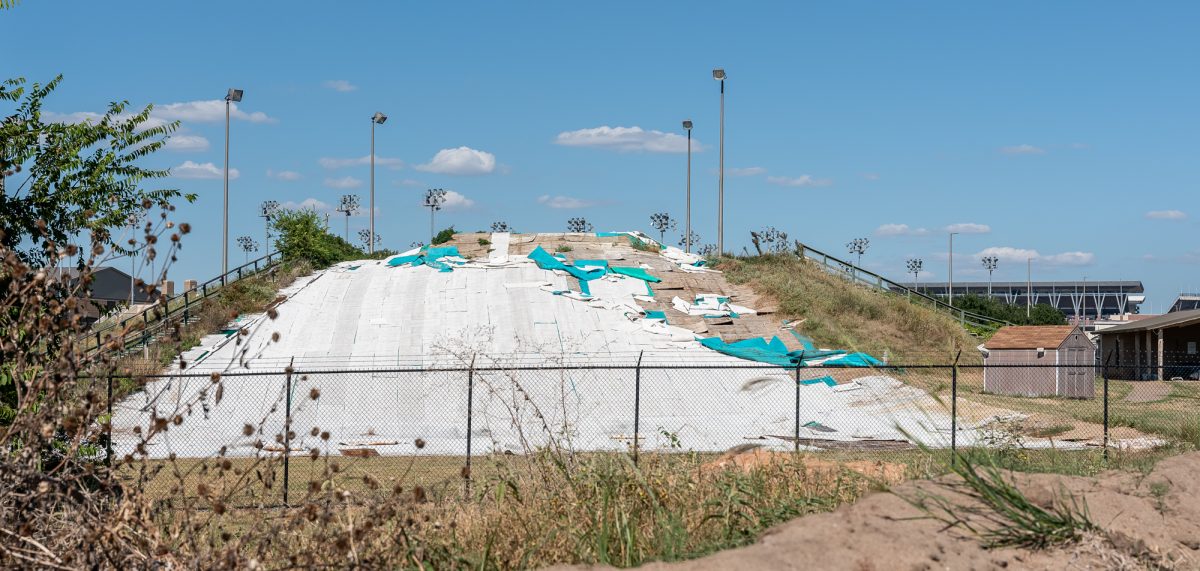Wade Feielin, The Battalion news reporter, sits down with Luis Hurtado, wildlife and fisheries sciences assistant professor, to discuss his team’s research on sea turtles. Hurtado and other A&M researchers took part in the 2nd International Kemp’s Ridley Sea Turtle Symposium last month in Brownsville, Texas, to discuss current issues affecting the endangered species.
THE BATTALION: What changes in the environment of the Kemp’s Ridley Sea Turtle brought about the need for this conference?
HURTADO: We couldn’t wait until the 30-year anniversary because the species is in very bad shape — it is an endangered species on the brink of extinction. A lot of people started working around this species and it was growing exponentially. When the BP disaster happened, the species began to decline. It is difficult to count the number of turtles, so nesting sites provide an approximate number. Most of them are concentrated in the Tamaulipas region of Mexico, with a few sites in Texas as well. By looking at nesting sites, we have seen an awful decline in recent years.
THE BATTALION: What is unique about the genetics of the Kemp’s Ridley Sea Turtle?
HURTADO: Our goal is to determine the genetic health of the turtle. One way is to see numbers. An attribute unique to this species is their genetic health and viability because this is what makes them resistant to global and environmental changes. The interesting thing here is nobody has successfully studied the genetics of this species before.
THE BATTALION: What are some reasons people haven’t researched them as extensively?
HURTADO: The first reason is we haven’t had the molecular tools. We have used different molecular markers such as mitochondria to study populations in the past. However, these were not very informative due to a lack of variation. We now have very powerful genomic tools that can look at multiple genetic markers. We can’t see the whole genome but we can get thousands of markers that represent it. The second thing that may have prevented previous research is the difficulty in obtaining permits. First we have to get a permit to obtain blood samples. In addition, we need security permits due to increased drug cartel activity in Tamaulipas as well as permits from the U.S. and Mexican governments to export and import materials and conduct research.
THE BATTALION: What are some of your research methods?
HURTADO: We have collected more than 80 samples from the Tamaulipas region, along with a few others that biologists here in Texas provided us from the Texas coast. The next step is to extract the DNA for all individual samples. After constructing the DNA, we use enzymes to cut it into small fragments. We can then use an advanced DNA sequencing machine to find sequences among the various fragments. By looking for variations in the sequences of nucleotides we will be able to identify the genetic viability of the species.
THE BATTALION: What implications do you think your research will have and what are your plans for the future?
HURTADO: It will allow us to better know what we are protecting and will give us better information on the genetic health of the turtle. One thing that can inhibit the genetic viability of the species is a bottleneck, which is a sudden shrink in the size of the population. Both historically and recently we have experienced bottlenecks with this population. When the species was discovered, scientists estimated thousands of turtles, but eventually they were declared critically endangered. I think it is important that we continue to collect information on them every year, because now we know what happens when we don’t have information. I think it is important to keep going every year, go through the hassle of permits, but at least have the baseline information and information on the number of breeders every year, which we can get from genetics. This way we will be able to see trends, and maybe those trends are going to match with the sample size and all other information other scientists have compiled.
Q&A: Professor weighs in on race to save Ridley Sea Turtle
December 8, 2014
0
Donate to The Battalion
Your donation will support the student journalists of Texas A&M University - College Station. Your contribution will allow us to purchase equipment and cover our annual website hosting costs.









